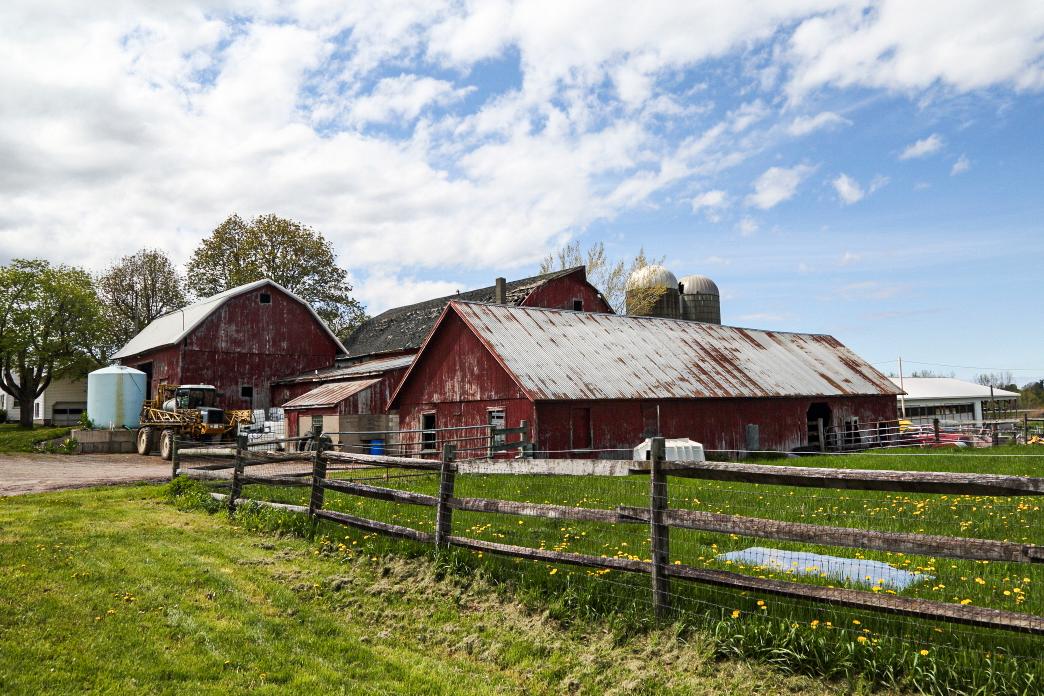Imagine a company that has been around for as long as the U.S. Capitol, is as old as West Point Academy, and is still family-owned and -operated today. There’s such a farm in Spencerport, New York, conducting business 219 years after its founding. In the beginning, it was a small family farm started by several brothers who bravely traveled from Salisbury, Massachusetts, to Western New York, where they purchased land and began clearing that land for a farm.
For 219 years, Colby Homestead Farms has continued farming while living and participating in their community. They cultivated the land decades before the town was founded, and they’ve been contributing to local community, business, government, and faith-based activities for the past two centuries. Addressing the challenges and opportunities of each generation hasn’t always been easy, but from the American Civil War to World War I, the Great Depression, World War II, the Korean War, the Vietnam War, the Gulf War, and the present day, the Colby family has remained active in their community in many ways.





